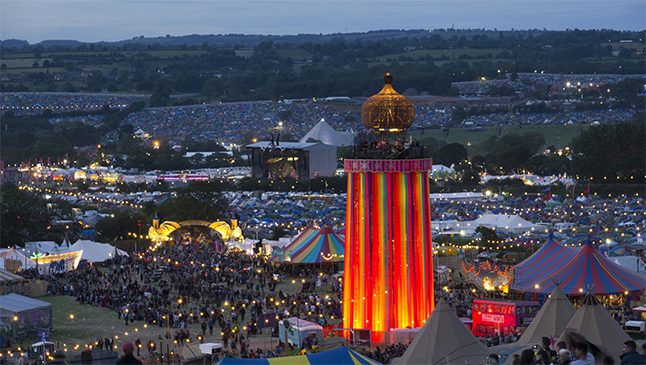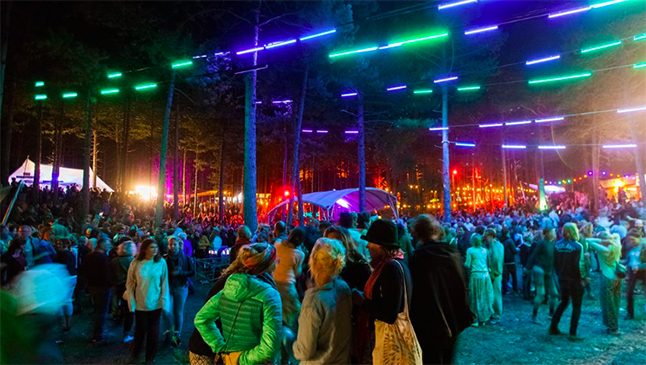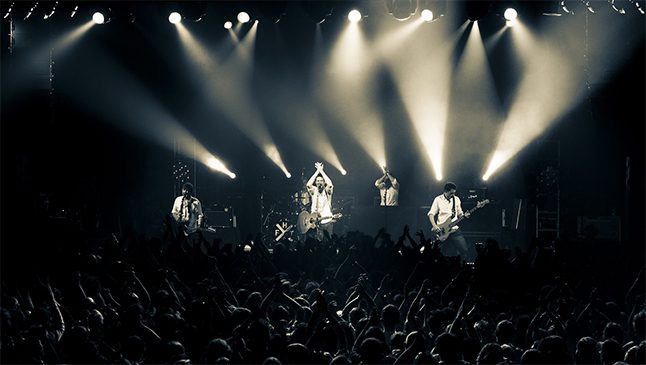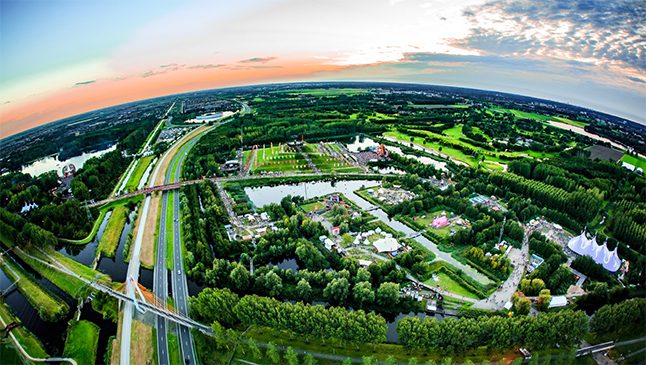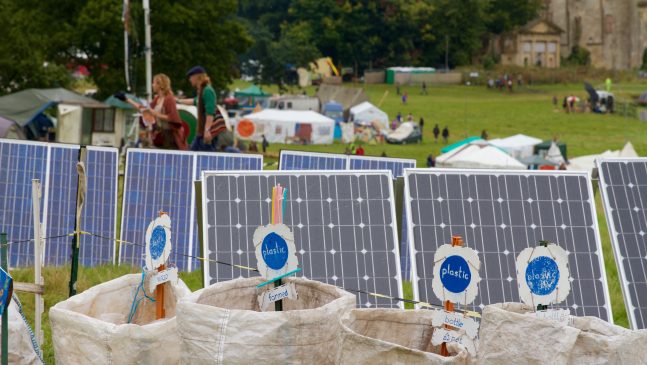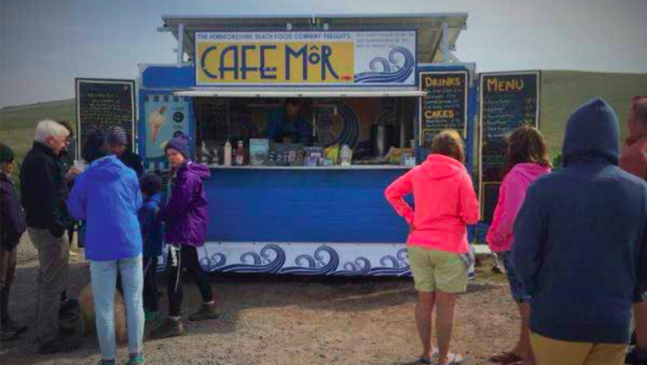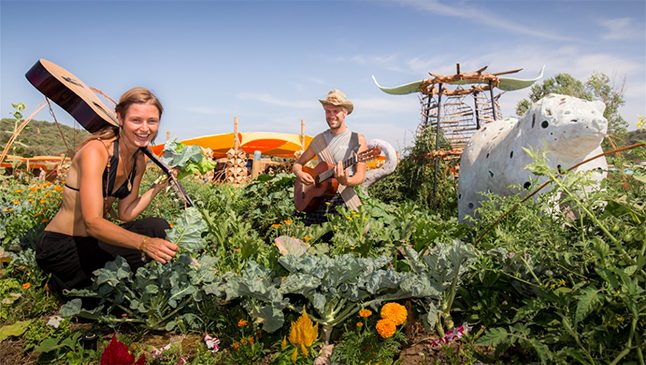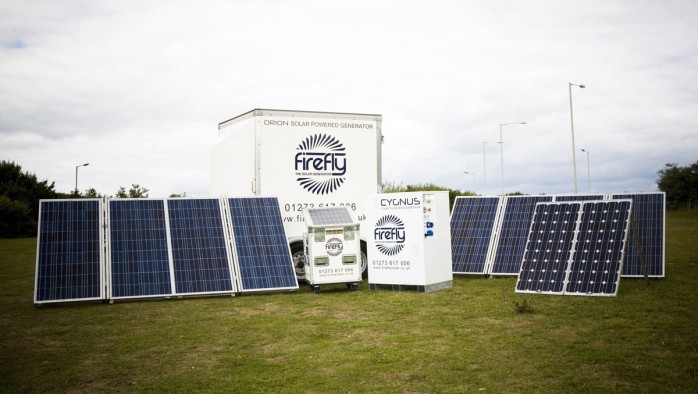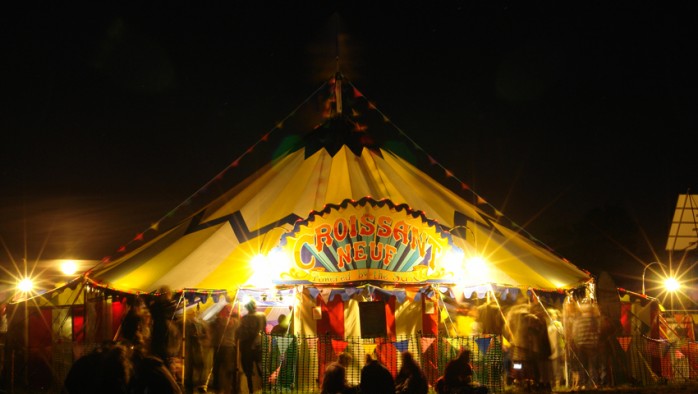Comprehensive Energy Monitoring Project with Agrekko and UWE
Glastonbury Festival has been running since 1970, it has a capacity of 187,000 and runs annually for 5 days in June. As a large festival Glastonbury needs a lot of power, but the sustainability team at the festival set out to identify the environmental impacts of burning large volumes of diesel to generate this power and find ways of reducing them.
Since 2014, Glastonbury Festival, under the direction of Sustainable Energy Project Manager Rob Scully, have been has been carrying out a comprehensive energy-monitoring project in partnership with power contractor Aggreko and researchers at the University of the West of England (UWE). At each edition of the festival they monitor the output of generators onsite and analyse the data to see how efficiently the generators were being used in order to help specify correct sized generators for future festivals and to investigate energy saving and fuel saving options.
For the monitoring project a project office was set up right in the heart of the festival, in the power compound behind the Pyramid Stage. From this base, 126 generators on site were monitored wirelessly using the Aggreko Remote Monitoring system (ARM). A small team of engineering students and research staff also went out into the site to study particular areas in more depth. There were over 5 million items of data recorded in the monitoring allowing them to plot the ‘real time’ output for each machine.
The findings showed that a large proportion of the generators monitored were significantly oversized for their purpose. The most efficient range to run a generator is in a range of 40-80% of the capacity of the machine, at this ‘load’ the relationship between how much power you generate and how much fuel you burn is fairly linear. When the load on a generator reaches about 30% of the machine size the amount of diesel being burnt per kW of power produced starts to go up. A generator running below 10% of capacity is very inefficient and can effectively be wasting 60% or more of the diesel per kWh of energy used.
In order to ensure efficient peak loads on generators at Glastonbury Festival Aggreko uses ‘power stations’ to create power zones in some areas of the site – these stations are a grouped set of generators that are turned on as power demand goes up and then are turned off at times of low demand.
To further increase efficiency Glastonbury also trialled using battery hybrid units onsite, which store energy in onboard battery banks to be used during periods of low demand. The hybrid switches off the main generator automatically when demand drops and silently takes up the load, it can then restart the generator when the batteries are depleted or when demand outstrips capacity. It can also act as a UPS (uninterruptible power supply), stepping in to ensure continuity of base load if the generator stops unexpectedly.
The main challenge with using hybrid units was identifying areas with a suitable load profile, i.e. places with reasonable periods of low demand when the generator could be switched off and battery power could be used. Areas where these conditions were met included build & break operations and vehicle gates. Before the installation of the hybrid battery units the generators in these areas were running inefficiently, they were on 24 hours per day to maintain continuity of power but were producing very low energy (kWh) per hour of runtime — only 1-4 kWh per hour. After installing the hybrid units the generators were switched off automatically drastically reducing runtime to just 2-4 hours per day in order to produce the same amount of energy. This energy was then distributed from the hybrid unit’s battery storage over the course of the day leading to a much higher kWh per hour of generator runtime — up to 130 kWh per hour.
For areas of the site where the power demands are very low Glastonbury have also had success in powering them completely with renewable energy. In the Green Fields coordinators camp they have used a 1.5 kW solar unit with 22 kWh of battery storage to run the area without problems. Previously, the camp was connected by a long cable to share a diesel generator in another field, and had experienced power outages when that machine stopped. So we can see that when correctly matched with the demand, renewables can actually be more reliable than a conventional diesel generator setup.

